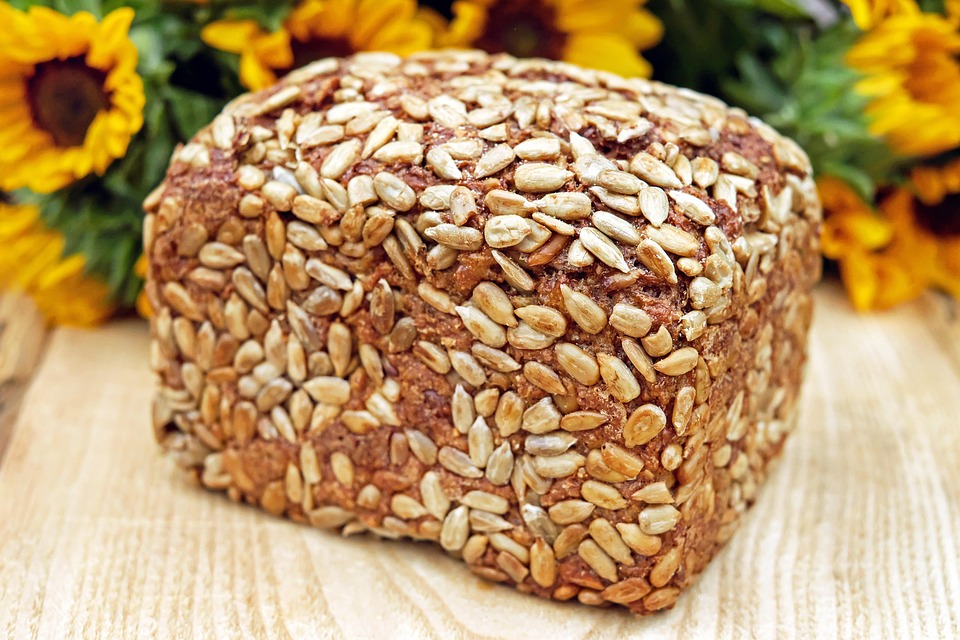Food
Whole Foods vs. Processed: Health Benefits Explained

Hey there, health-conscious friends! If you’ve ever wandered the aisles of your local grocery store, you’ve likely stumbled into the age-old debate of whole foods versus processed foods. It can be super confusing, right? But don’t worry—I’m here to break it down for you in a casual, friendly way. Let’s explore what the fuss is all about and how each option stacks up health-wise.
What Are Whole Foods?
So, let’s kick things off by defining what we mean by "whole foods." In the simplest terms, whole foods are exactly what they sound like—foods that are as close to their natural state as possible. Think:
- Fresh fruits and vegetables
- Whole grains like brown rice and quinoa
- Nuts and seeds
- Meat, fish, and eggs (preferably grass-fed or free-range)
Whole foods are packed with essential nutrients, vitamins, and minerals that our bodies crave for optimal health. They provide energy, support bodily functions, and help us feel our best. Plus, they generally contain fewer additives and preservatives, making them a cleaner choice.
What Are Processed Foods?
Now, let’s flip the script to processed foods. These are items that have been altered from their original form, usually through methods like canning, freezing, or adding preservatives. You’ll find:
- Snack foods (think chips and cookies)
- Instant meals (like frozen dinners)
- Sugary drinks
- Packaged sauces and condiments
Many processed foods can be convenient and tasty, but they often come with added sugars, unhealthy fats, and sodium. While not all processed foods are bad (some might have good nutrients), it’s important to read labels and be mindful of what’s in them.
Nutritional Breakdown: Whole Foods Shine
When it comes to nutrition, whole foods generally take the cake. Let’s dig into some of the health benefits they offer:
Rich in Nutrients
Whole foods are typically rich in vitamins, minerals, and antioxidants, which support various bodily functions. Foods like leafy greens and berries are fantastic for boosting your immune system.
High in Fiber
Fiber is a star player when it comes to digestive health. Whole grains, fruits, and vegetables are great sources of fiber, which helps keep your gut happy and aids in weight management.
Better For Heart Health
Eating whole foods like nuts, seeds, and fatty fish can help lower cholesterol and reduce the risk of heart disease. They’re often high in omega-3 fatty acids and other heart-healthy fats.
Naturally Satisfying
Whole foods are generally more filling than processed options, thanks to their fiber and protein content. This can help with portion control and prevent overeating.
Lower in Added Sugars
One of the biggest downsides of processed foods is the high level of added sugars. Whole foods, on the other hand, provide natural sweetness without the sugar rush.
Processed Foods: When They’re Okay
Okay, okay, I know we’ve been focusing on whole foods, but processed options aren’t all bad! Here are a few scenarios where they might have a place in our diets:
Convenience
Let’s be honest—life gets busy! Sometimes, heat-and-eat meals can save the day. When choosing processed options, look for those with the shorter ingredient lists and minimal additives.
Fortified Foods
Some processed foods are fortified with vitamins and minerals. For example, breakfast cereals often have added iron or B vitamins, giving you a nutritional boost.
Special Dietary Needs
If you have allergies, intolerances, or other dietary restrictions, processed foods can sometimes offer safe options that meet your needs.
Balancing the Two
So, how can we find balance between these two food groups? It’s all about making smart choices and listening to your body. A great guideline is the 80/20 rule: strive to eat whole foods about 80% of the time, while allowing for processed treats in moderation.
Tips for Choosing Wisely
- Read Labels: Get into the habit of checking food labels. Look for added sugars, unhealthy fats, and a lengthy list of ingredients.
- Cook at Home: Preparing meals at home not only allows you to use whole ingredients but also gives you control over what’s going into your food.
- Plan Meals: Having a meal plan can minimize the temptation of reaching for convenience foods.
- Watch Out for Sneaky Processed Items: Just because something is packaged as “healthy” doesn’t mean it is! For instance, “whole grain” chips can still be high in sodium and fat.
The Bottom Line
Dietary choices shouldn’t be overly strict; life should also be enjoyable! Incorporating a variety of foods is key to a well-rounded diet. Opting for whole, nutrient-dense foods will generally support your health better, but there’s room for moderation with processed options.
For further information on nutrition and food choices, you can check out the Harvard Health blog.
Eating is a personal journey, and what works for one person might not work for another. Just remember to nourish your body with mostly whole foods, and you’ll likely feel energized, satisfied, and ready to tackle whatever life throws at you! So go ahead—get creative in the kitchen, explore fresh ingredients, and enjoy the vibrant flavors nature has to offer!
